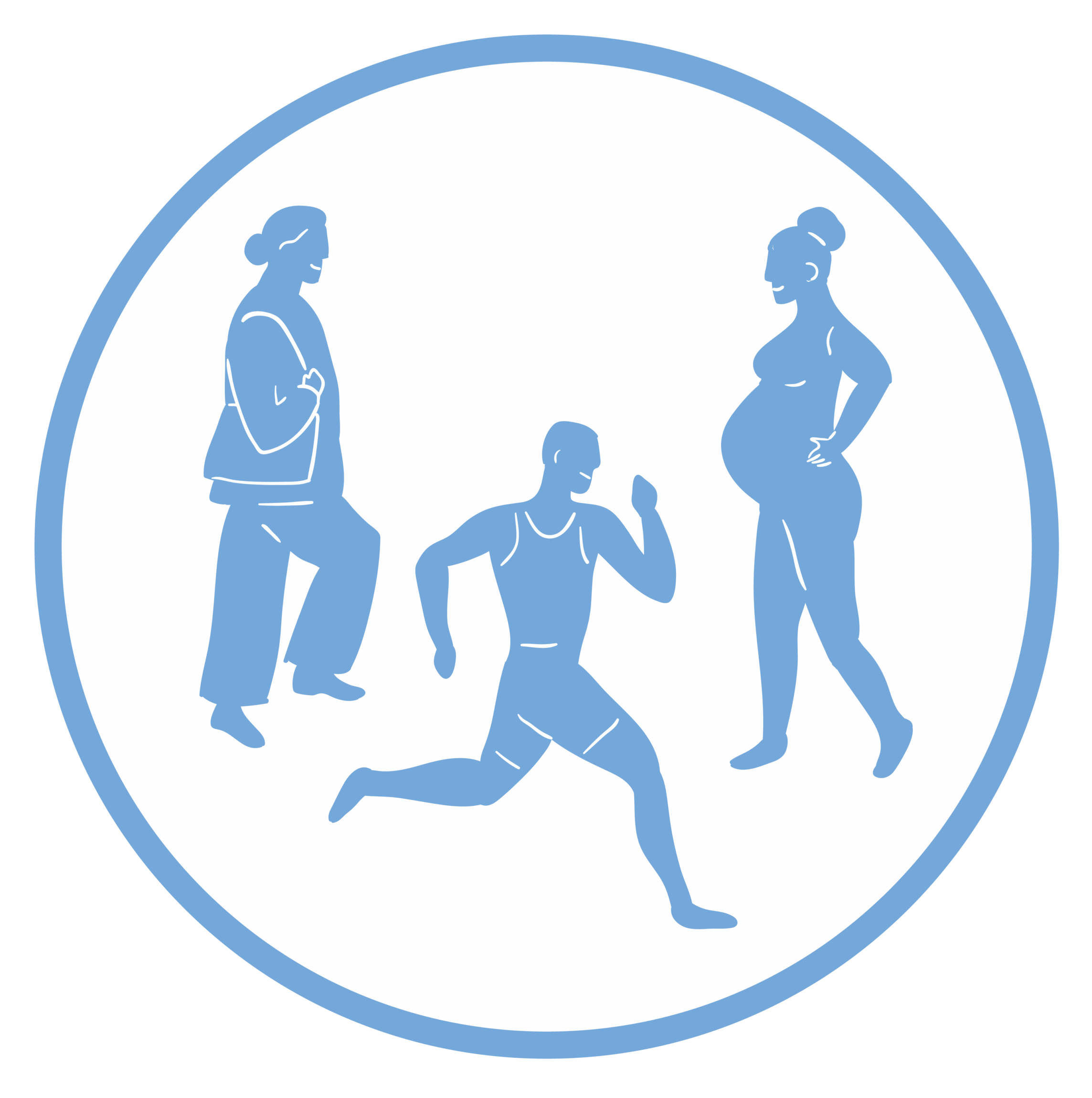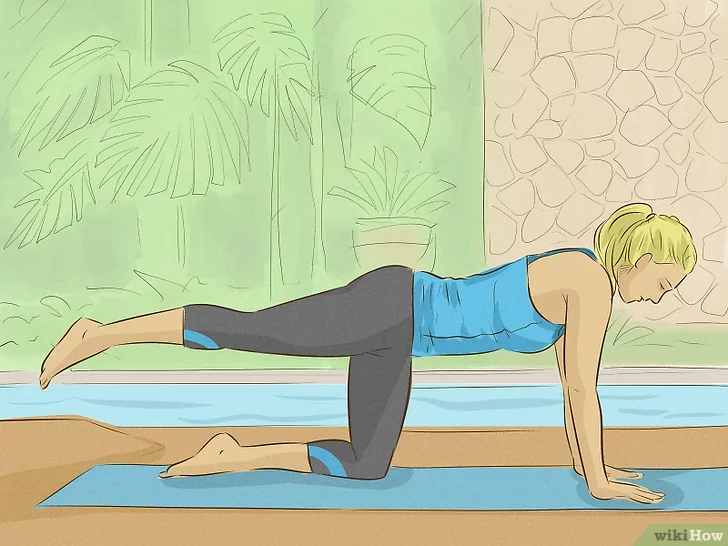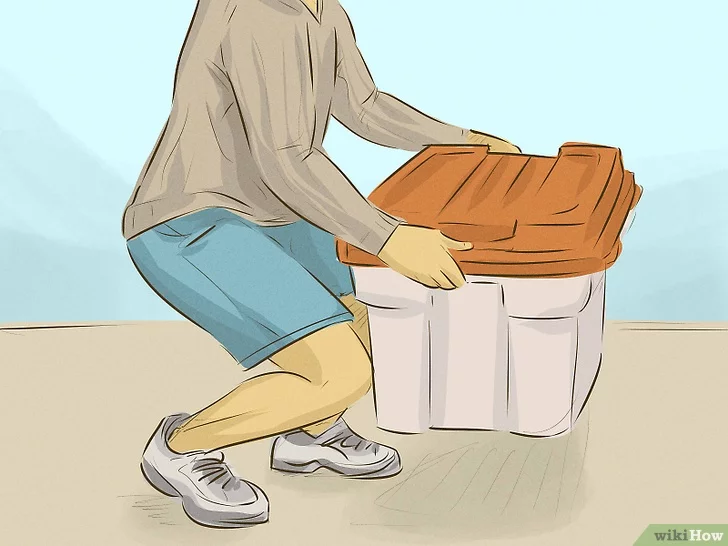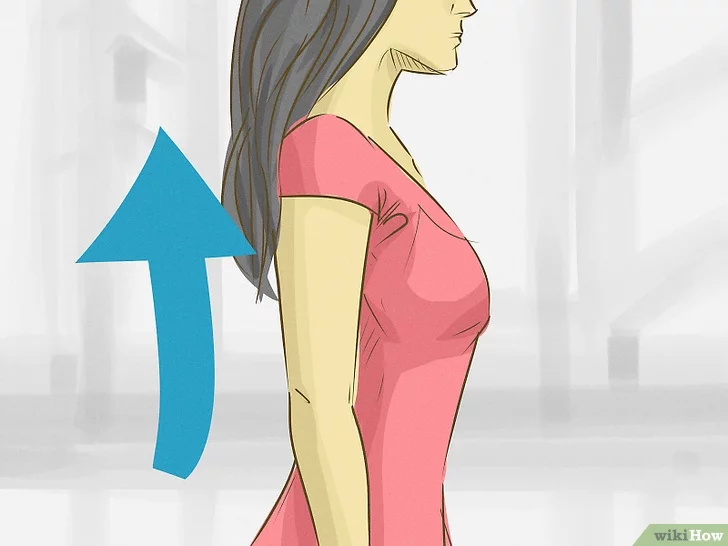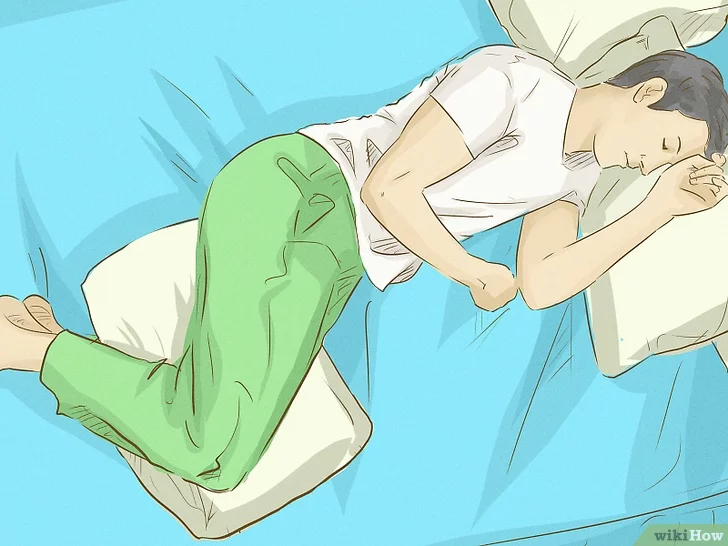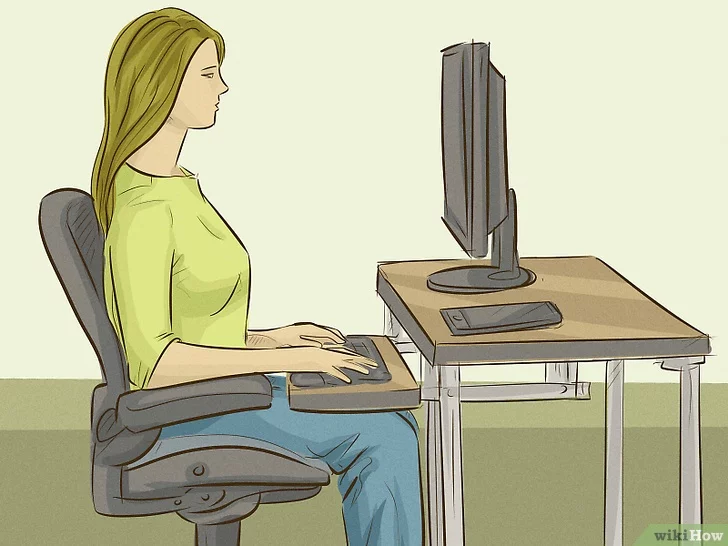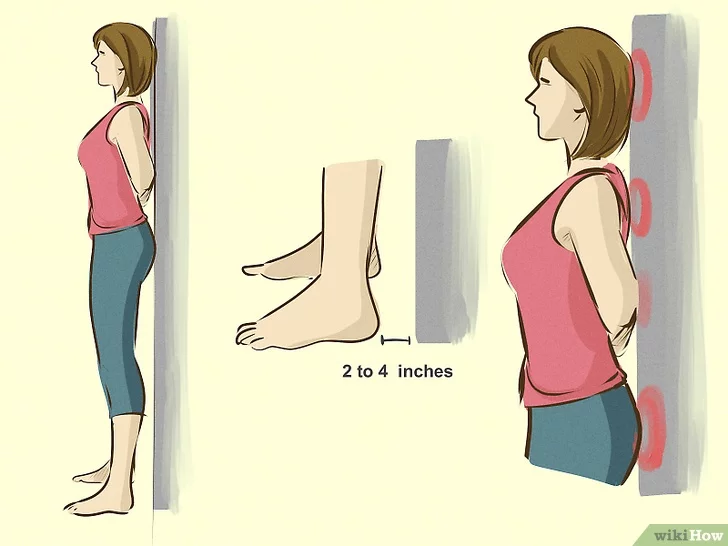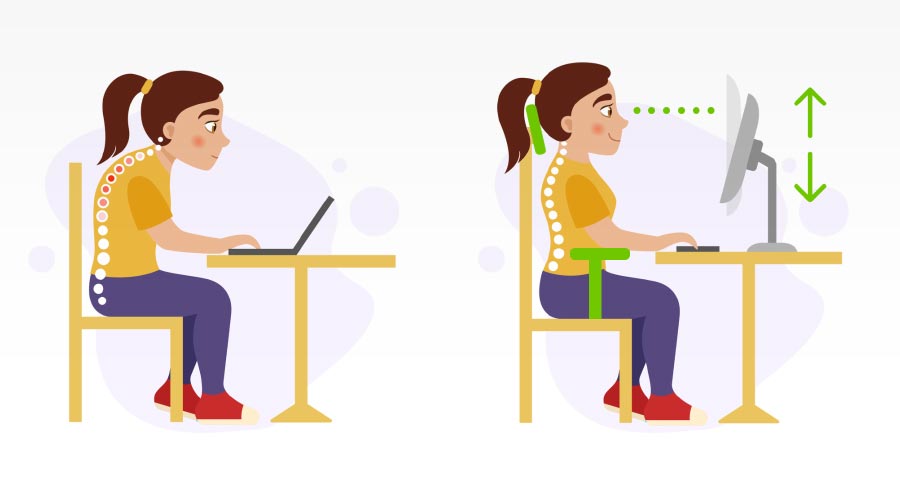This article is also disponible en français – Back pain… We’ve all had to deal with it at one time or another, haven’t we? Whether it’s mild discomfort or sharp, intense pain, it can really ruin your day and affect your overall well-being. In this article, we break down the causes of back pain, how to prevent it and how osteopathy can help you manage and relieve the discomfort.
This is not an in-depth analysis of the medical world of back pain, but rather a simple, easy-to-understand guide. It aims to give you a general idea of what back pain is, why it can occur and what you can do about it.
Quick links :
What is back pain?
Back pain is essentially discomfort anywhere between the neck and the lower back. They can be short-lived (acute) or last for months (chronic). They can come on suddenly due to injury, or develop slowly as a result of repeated stress or other health problems.

1. Upper back pain
These are located between the neck and the lower back. Less common, they can be caused by poor posture, muscle irritation or injury.
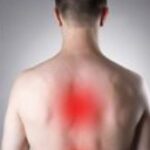
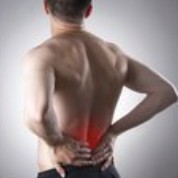
2. Lower back pain
The most common, often linked to physical exertion, poor ergonomics or conditions such as arthritis.
Source: World Health Organization and Statistics Canada
In 2020, low back pain (LBP) affected 619 million people worldwide, and it is estimated that this number will rise to 843 million by 2050, largely due to demographic expansion and an ageing population. LDs are the leading cause of disability worldwide, and the condition for which the greatest number of people could benefit from rehabilitation. LDs can occur at any age, and most people will experience them at least once in their lives. Around 90% of cases are non-specific LD. In Canada, back problems are among the most common chronic conditions: four out of five adults will experience at least one episode of back pain in their lifetime.
3. Sciatica
Sciatica is pain that follows the sciatic nerve from the lower back to the legs. It is often caused by a herniated disc or spinal stenosis.
For example, a stiff piriformis muscle can also temporarily compress the sciatic nerve. This can be caused by a bicycle saddle that’s just a little too high.
— Marie-Claude Dion
Photo credits Passeport Santé

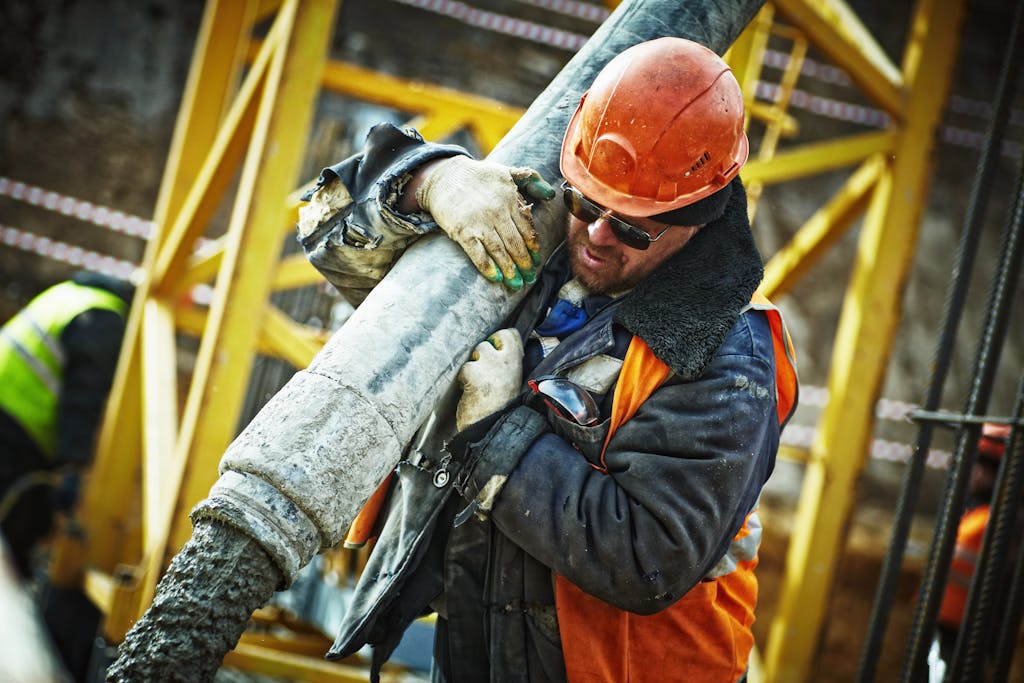
4. Mechanical pain
Caused by repetitive movements, overloads, sprains or muscular imbalances.
Common causes of back pain
Back pain can have several origins, such as :
- Muscle and ligament strains
Muscle and ligament strains are common and can result from: improper lifting of heavy loads, abrupt movements, overexertion, poor posture or an inadequate sitting/standing position, which can stress the spine and muscles over time. - Herniated discs
This occurs when an intervertebral disc becomes displaced and compresses the nerves, causing pain, especially in the lower back. - Arthritis
Osteoarthritis of the spine can cause stiffness and pain as joint cartilage deteriorates. - Spinal stenosis (narrowing of the spinal canal)
When the spinal canal narrows, it can exert pressure on the nerves, causing pain, particularly in the elderly. - Lifestyle factors
Being overweight, smoking, not exercising or being stressed can aggravate back pain. - Underlying medical conditions
Certain conditions, such as scoliosis, osteoporosis or infections, can also cause back pain.
Symptoms of back pain
Back pain can vary depending on the cause, but common symptoms include:
- Muscle pain or stiffness
- Sharp or stabbing pain
- Pain radiating down the legs
- Difficulty getting around
- Pain aggravated by bending over or lifting objects
If your pain is accompanied by numbness, weakness or difficulty controlling your bladder or bowels, consult a professional promptly. It could be more serious.
Tips to prevent back pain
Osteopathy can help treat your back pain, but it’s best to prevent it in the first place. Here are a few tips:
Photo credits WikiHow
1. Adopt good posture
Keep your shoulders back and your spine straight when sitting or standing. Use an ergonomic chair at the office.
2. Exercise regularly
Choose activities that strengthen your back and core, such as yoga, Pilates, walking or swimming. And don’t forget to stretch to maintain your flexibility.
3. Lift heavy weights correctly
Bend your knees, not your back, when lifting heavy loads. Avoid turning your body when lifting.
4. Maintain a healthy weight
Extra weight can overload the spine, so a balanced diet and regular activity can help.
5. Stay active
Sitting too long? Stand up, stretch or take short walks to keep your back moving.
6. Invest in a good mattress
A mattress that supports your spine can make all the difference in preventing back pain. Some people find it helpful to use a cushion under the knees when sleeping on their back, or between the knees when sleeping on their side.
When should you consult a professional?
If your back pain lasts more than a few weeks or seriously disrupts your daily activities, it’s time to consult a professional.
In December 2024, I fell down the stairs at home. I consulted a doctor and had X-rays taken. The result? Nothing broken, but contusions to the spine on three lumbar vertebrae. I consulted Marie-Claude urgently. She first referred me to a fellow physiotherapist before seeing me. She then treated me, and I healed, really knowing what I could and couldn’t do.
— Catherine Mayer, customer
Look out for the following 3 signs:
- Pain radiating to one or both legs
- Weakness, numbness or tingling
- Difficulty controlling the bladder or bowels
Osteopathy can be an excellent option in your rehabilitation plan, offering personalized care to manage pain and promote recovery.
Sources:
- https://www.canada.ca/fr/emploi-developpement-social/services/sante-securite/rapports/dos.html
- https:// www.who.int/fr/health-topics
- https://www.statcan.gc.ca/
Marie-Claude Dion B. Sc, CAT (C), D.O.
Marie-Claude is a certified athletic therapist, certified first responder and osteopathic member of Osteopathie Québec.
As you read about her, you discover a little about why people adore her: she’s a true expert, generous and caring.

Do you like our news?
Subscribe to our newsletter to stay informed.
